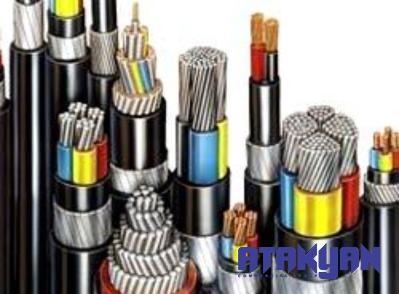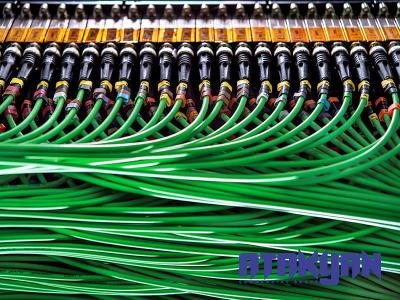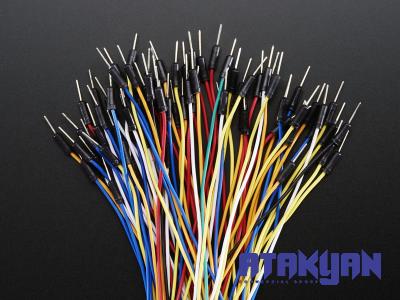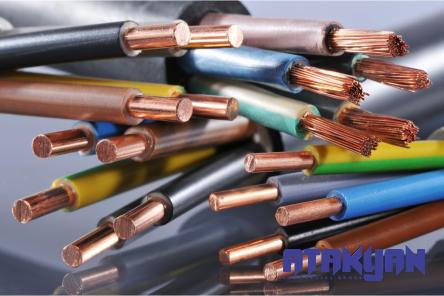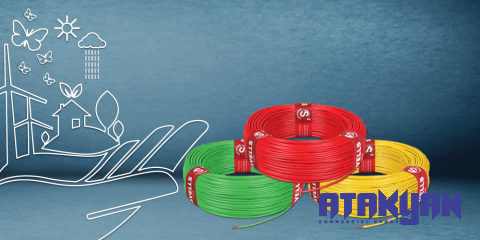When it comes to MIG welding, choosing the right gas is crucial for achieving high-quality results. MIG welding, also known as Metal Inert Gas welding, is a popular method for joining metals due to its versatility and ease of use. One of the key factors that affects the efficiency and performance of the MIG welding process is the type of gas used. In this article, we will discuss the best gas for MIG welding and how to select the right gas for your welding needs.
Buying the Best Gas for MIG Welding

Before diving into the best gas options for MIG welding, it’s important to understand the purpose of the gas. The primary function of the shielding gas in MIG welding is to protect the weld pool from atmospheric contamination, such as oxygen and nitrogen, which can negatively affect the quality of the weld.
There are different types of shielding gases available for MIG welding, each with its own set of advantages and applications. The most common types of shielding gases used in MIG welding are argon, carbon dioxide (CO2), and a mixture of the two. Let’s explore each of these gases and their suitability for different welding projects.
1. Argon: Argon is commonly used as a shielding gas for non-ferrous metals, such as aluminum, stainless steel, and copper. It provides excellent weld quality and is particularly effective in preventing porosity and excessive spatter. The inert nature of argon makes it ideal for preventing oxidation during the welding process. However, it is worth noting that argon can be quite expensive compared to other gases.

2. Carbon Dioxide (CO2): Carbon dioxide is a cost-effective option for MIG welding and is widely used in various industries. It offers good penetration and is suitable for welding mild steel. CO2 is readily available and relatively inexpensive compared to other shielding gases. However, it can result in increased spatter and may require additional work to clean the weld.
3. Mixed Gases: Mixed gases, such as a combination of argon and CO2, offer a balanced solution for MIG welding. This combination provides the benefits of both gases, with argon improving the weld quality and CO2 reducing costs. The ratio of argon to CO2 can vary depending on the specific welding project and material being welded.
Choosing the best gas for MIG welding depends on various factors, including the type of metal being welded, desired weld quality, and budget. It’s important to consult with welding professionals or refer to welding guidelines provided by the welding wire and gas manufacturers to determine the appropriate shielding gas for your specific application.
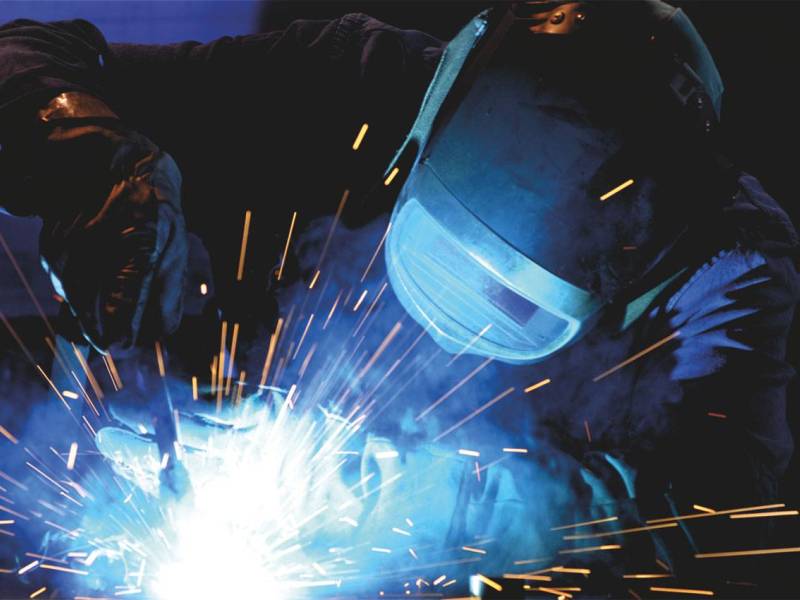
Price of the Best Gas for MIG Welding
The price of the best gas for MIG welding is a crucial consideration for most welders. As mentioned earlier, argon gas is generally more expensive compared to carbon dioxide. However, the cost of gas can vary depending on factors such as location and availability. It’s essential to research and compare prices from various suppliers to ensure you are getting the best value for your money.
While it may be tempting to opt for the cheapest gas available, it’s important to consider the overall quality and performance of the gas. Cheaper gases may not provide the same level of protection and may result in poor weld quality or increased post-weld cleanup. Investing in a high-quality shielding gas, even if it comes at a higher cost, can save you time and money in the long run by reducing rework and improving overall productivity.
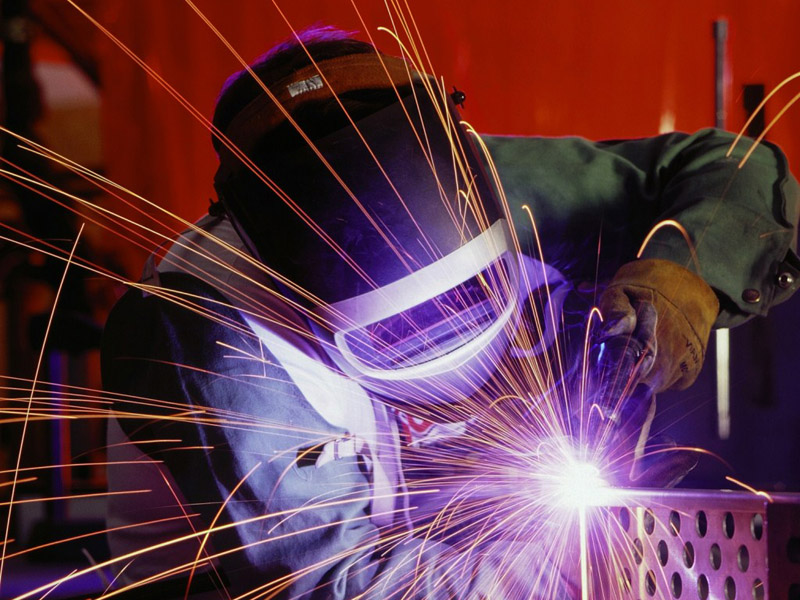
Additionally, it’s worth noting that the gas consumption may vary depending on factors such as welding technique, material thickness, and welding parameters. Proper gas flow rate and settings should be determined based on the specific welding project to optimize gas usage and minimize wastage.
In conclusion, selecting the best gas for MIG welding is essential for achieving optimal results in terms of weld quality and overall efficiency. The choice of gas depends on factors such as the type of metal being welded, desired weld characteristics, and budget. Argon, carbon dioxide, and mixed gases are the most commonly used shielding gases in MIG welding. While argon offers superior weld quality, it comes at a higher cost compared to carbon dioxide. Ultimately, it’s crucial to strike a balance between cost and performance to ensure successful MIG welding projects.



